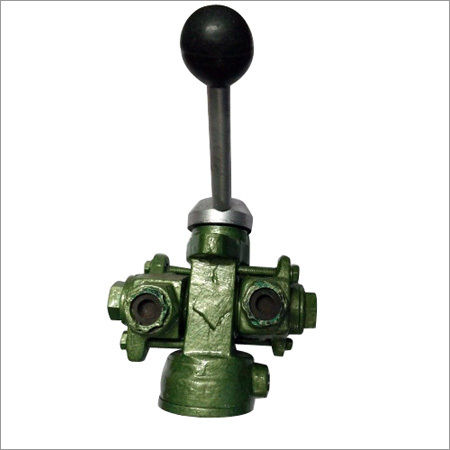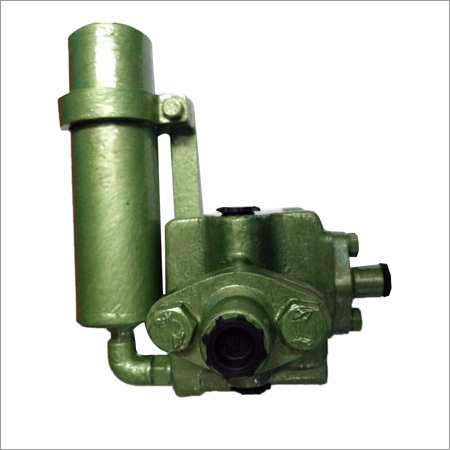Two Way Cock
Product Details:
- Type Valve
- Power Pneumatic
- Pressure High Pressure kgf/cm2
- Media
- Click to View more
Two Way Cock Price And Quantity
- 50 Piece
Two Way Cock Product Specifications
- High Pressure kgf/cm2
- Pneumatic
- Valve
Two Way Cock Trade Information
- Kolkata
- 50 Piece Per Month
- 30 Days
- Yes
- Sample costs shipping and taxes has to be paid by the buyer
- Wooden Box
- All India
Product Description
Two-way cocks, often referred to as two-way valves or double-ported valves, are a particular kind of valve with two apertures or ports, providing two potential flow pathways. It offers the capacity to regulate the movement of fluid or gas between two various exits or directions.
An internal valve mechanism and a cylindrical body with two apertures make up the standard design of a two-way cock. The internal mechanism of the valve can be modified to guide the flow of fluid or gas either towards one port or the other by twisting the valve handle or lever.
A two-way cock's main job is to switch or selectively redirect fluid flow between two separate routes. It enables the direction of the flow to be changed or the isolation of one path while keeping the other open. This may be helpful in situations when fluid needs to be combined, diverted, or separated in accordance with certain specifications.
There are many different applications and sectors that use two-way cocks. For instance, in plumbing systems, they can be used to either entirely stop the flow of water or to regulate the flow between two distinct outlets. They can be used in laboratory setups to guide fluid or gas to various apparatus or equipment.
It's important to keep in mind that "two-way cock" can also refer to a "two-way valve" or "double-ported valve." Depending on the intended use and the kind of fluid or gas that it is intended to handle, a two-way cock's specific design and features may change.






